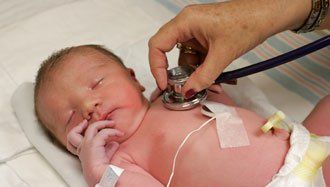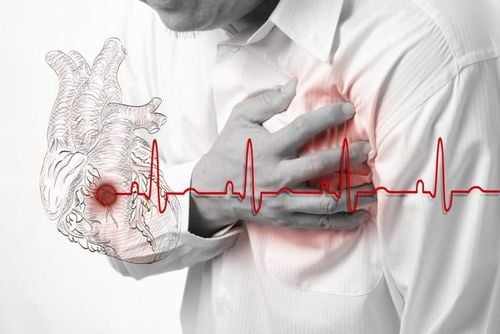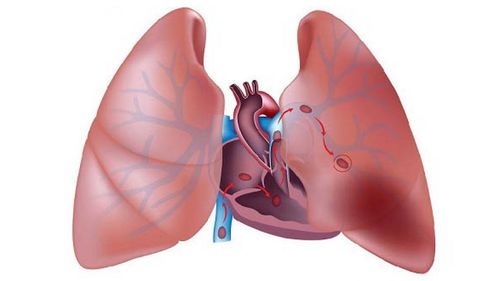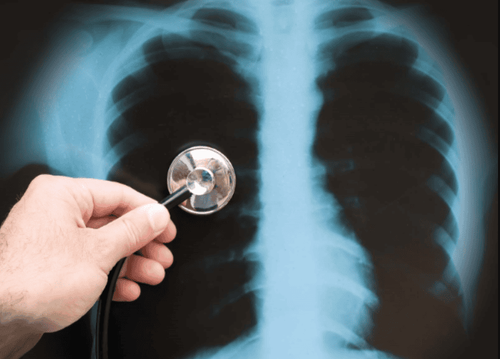This is an automatically translated article.
Measuring the ability to diffuse gas across the alveolar capillary membrane aims to assess the ability of gas exchange in the lungs. If the amount of gas exchanged from the lungs into the capillaries is more, the function of the lungs is intact. Conversely, if the results are poor, there is a high chance that the lungs have been damaged.
1. When is the measurement of the ability to diffuse gas across the alveolar capillary membrane done?
Measurement of the ability to diffuse gas across the alveolar capillary membrane is indicated in the following situations:
Detection of interstitial lesions or emphysema on two lung fields on chest X-ray or Computerized tomography film Examination showed signs that may affect breathing, causing gas exchange disorders in the lungs such as: Barrel-shaped chest or chest deformity, crackles, snoring, crackles There are abnormalities often in arterial blood gases such as hypoxemia, hypercapnia There are signs of polycythemia vera that cannot be explained by causes outside the respiratory system such as cardiac disease, hematologic disease When the patient have other systemic diseases that are also at risk of affecting the respiratory system such as: systemic lupus erythematosus, scleroderma, polymyalgia rheumatica or cystic fibrosis
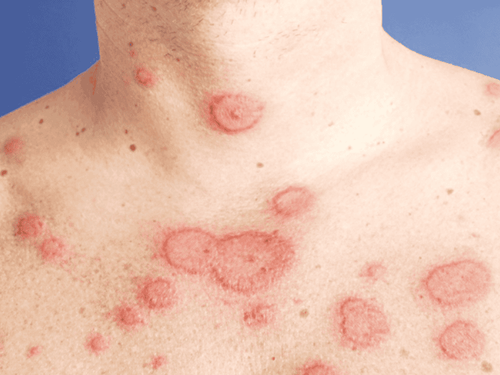
Lupus ban đỏ hệ thống có nguy cơ cao ảnh hưởng đến hệ hô hấp của người bệnh
Having diseases affecting respiratory function inherited in the family Living or working in a polluted environment, at risk of occupational lung diseases Assess respiratory function in preoperative test kit
2. Contraindications to measuring the ability to diffuse gas across the alveolar capillary membrane
Existing active respiratory tract infection such as tuberculosis, pneumonia Having unexplained and uncontrolled hemoptysis Existing pneumothorax, pleural effusion or pericardial effusion Cardiovascular function Unstable such as: Heart failure, myocarditis, low pulse or low blood pressure New-onset heart attack or stroke The patient does not cooperate to follow medical orders
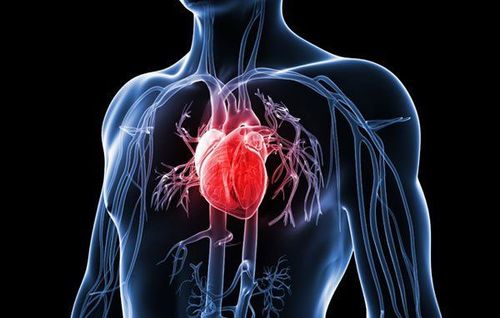
Chống chỉ định đo khả năng khuếch tán khí qua màng phế nang với bệnh nhân mắc các bệnh tim mạch
3. What are the steps to measure the ability to diffuse gas through the alveolar capillary membrane?
3.1 Prepare Manpower: Respiratory specialist or technician proficient in respiratory function measurement, nurse assist in patient preparation and instrument arrangement
Facilities: Respirometer type can measure gas diffusion through the capillary alveolar membrane, a tank containing a mixture of nitrogen + CH4 + CO and an oxygen tank containing oxygen, a bacterial filter when measuring respiratory function.
Patient: The patient has been properly examined and evaluated for the indications for measuring the ability of gas diffusion through the capillary alveolar membrane, without the contraindications mentioned above. At the same time, the patient needs to be guided in detail on the technique of measuring respiratory function, the procedure and the practice before the measurement is really effective.
3.2 Procedures The doctor or technician prepares the device and enters administrative information about the patient. In addition to smoking history or not and the quantity of cigarettes consumed (package.year units) should also be recorded to facilitate analysis of results and subsequent diagnosis. Arrange the position into the standard seat of the respiratory function measurement room. Adjust the seat accordingly so that the patient's position is most comfortable, the back and neck are straight, the chest can be stretched to the maximum to ensure the most effective breathing ability. One point to note is that in the technique of measuring the ability of air to diffuse through the capillary alveolar membrane, there will be an additional flow of air pumped into the patient's mouth when the maximum exhalation is reached. This reminder helps the patient avoid unexpected stimulus reflexes, affecting the respiratory work. Instruct the patient to use the mouthpiece of the meter in accordance with the standards. Use an extra soft clamp to clamp on both sides of the patient's nostrils to prevent breathing air leakage through the connection lines.
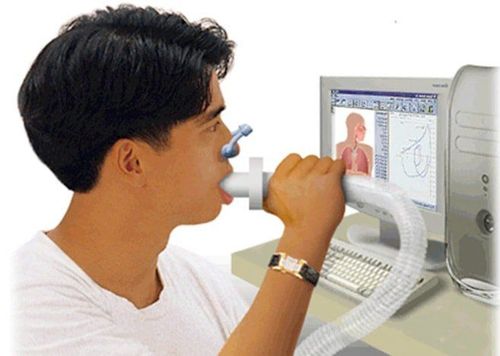
Người bệnh được kỹ thuật viên hướng dẫn để thực hiện đo theo đúng quy chuẩn
3.3 Carrying out the measurement Signaling the patient to be ready, mouth closed, the mouthpiece of the mouthpiece, the respiratory function meter in accordance with the principle, Ask the patient to practice breathing normally and rhythmically through the breathing tube Observe the curve If sinusoidal pattern is regular and stable in frequency and amplitude, without air leakage or wrong technique, signal the patient to inhale slowly until full strength, then exhale slowly and long until completely exhausted. chest strength. After steady and effective forced breaths, at the time when the patient has exhaled as hard as he can, push the button to pump the measuring gas into the patient's mouth as soon as the patient begins to inhale deeply. Signal to ask the patient to continue inhaling as hard as possible. The patient has the command to hold his breath for 10 seconds until the second red broken vertical line appears, then ask the patient to exhale as hard as possible Right at this time, the technician presses the button to end the measurement If need to repeat the measurement one more time, need to let the patient rest, breathe freely for 5 minutes between measurements Select in and determine the best result

Kỹ thuật viên sẽ lựa chọn nhận định dựa trên kết quả tốt nhất
4. Analyze the results of measuring the ability of gas diffusion through the capillary alveolar membrane
In the measurements of organ function according to the kinetic principle, the technique of measuring gas diffusion across the alveolar capillary membrane depends greatly on the patient's ability to exercise and cooperate, following the correct procedure of the patient. .
The results of the measurement of the ability to diffuse gas across the alveolar capillary membrane are shown by the curve of the gas diffusion as the agent. The higher the recorded gas concentration, the more efficient the gas exchange layer at the structural and physiological units of the lung. On the contrary, if it is reduced, it is necessary to investigate further the pathology at the exchange membrane of the lung and actively adjust it, to avoid leading to permanent loss of function in the long term.
In summary, measuring the ability of air to diffuse across the alveolar capillary membrane is a noninvasive way of assessing key lung function. This technique gives relatively reliable results, high accuracy and easy implementation, integrated in existing respiratory function rooms.
Any questions that need to be answered by a specialist doctor as well as customers wishing to be examined and treated at Vinmec International General Hospital, you can contact Vinmec Health System nationwide or register online HERE.
SEE MORE
Indicators in respiratory function results Why measure NO concentration in breathing air when diagnosing bronchial asthma? What is respiratory function measurement?






